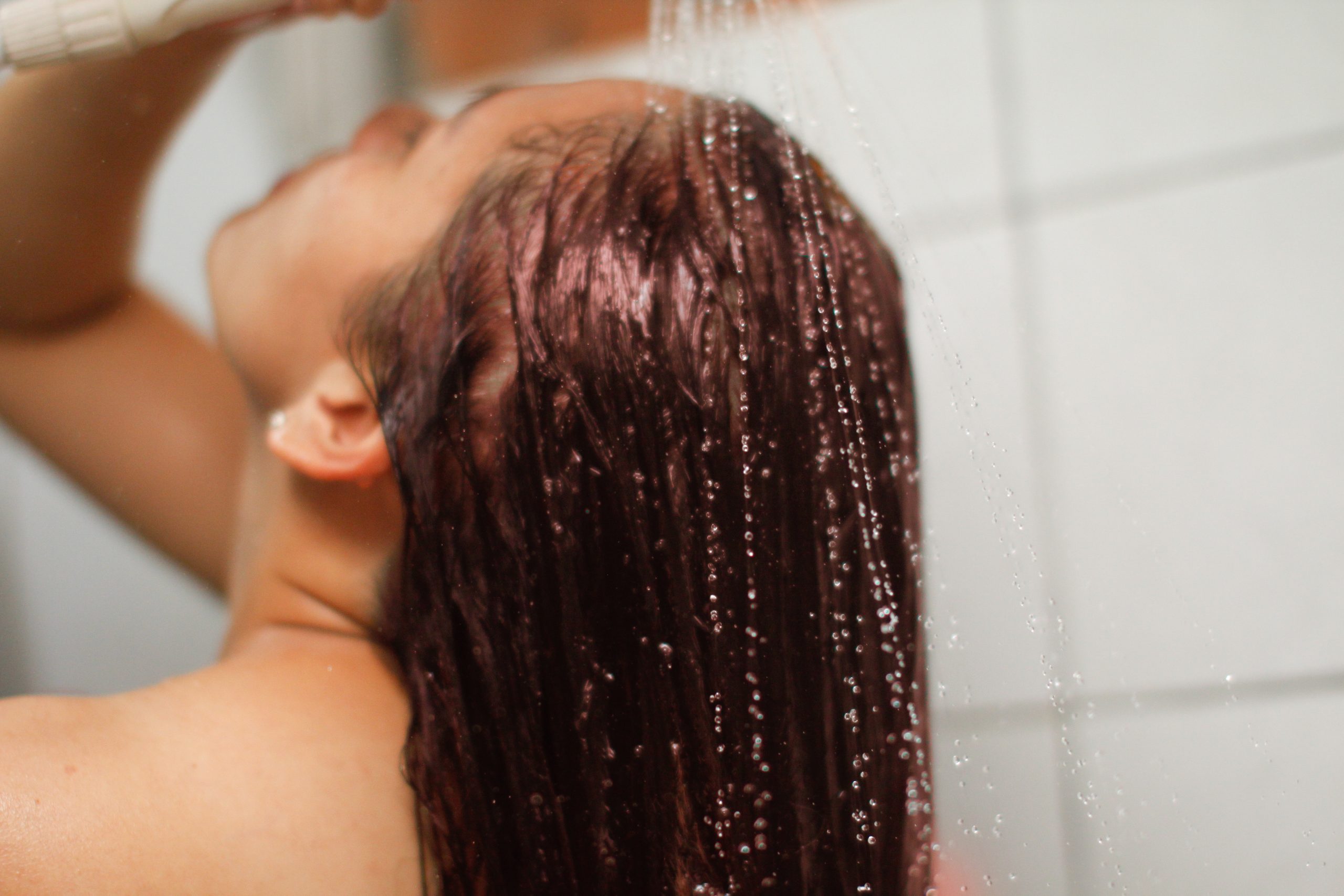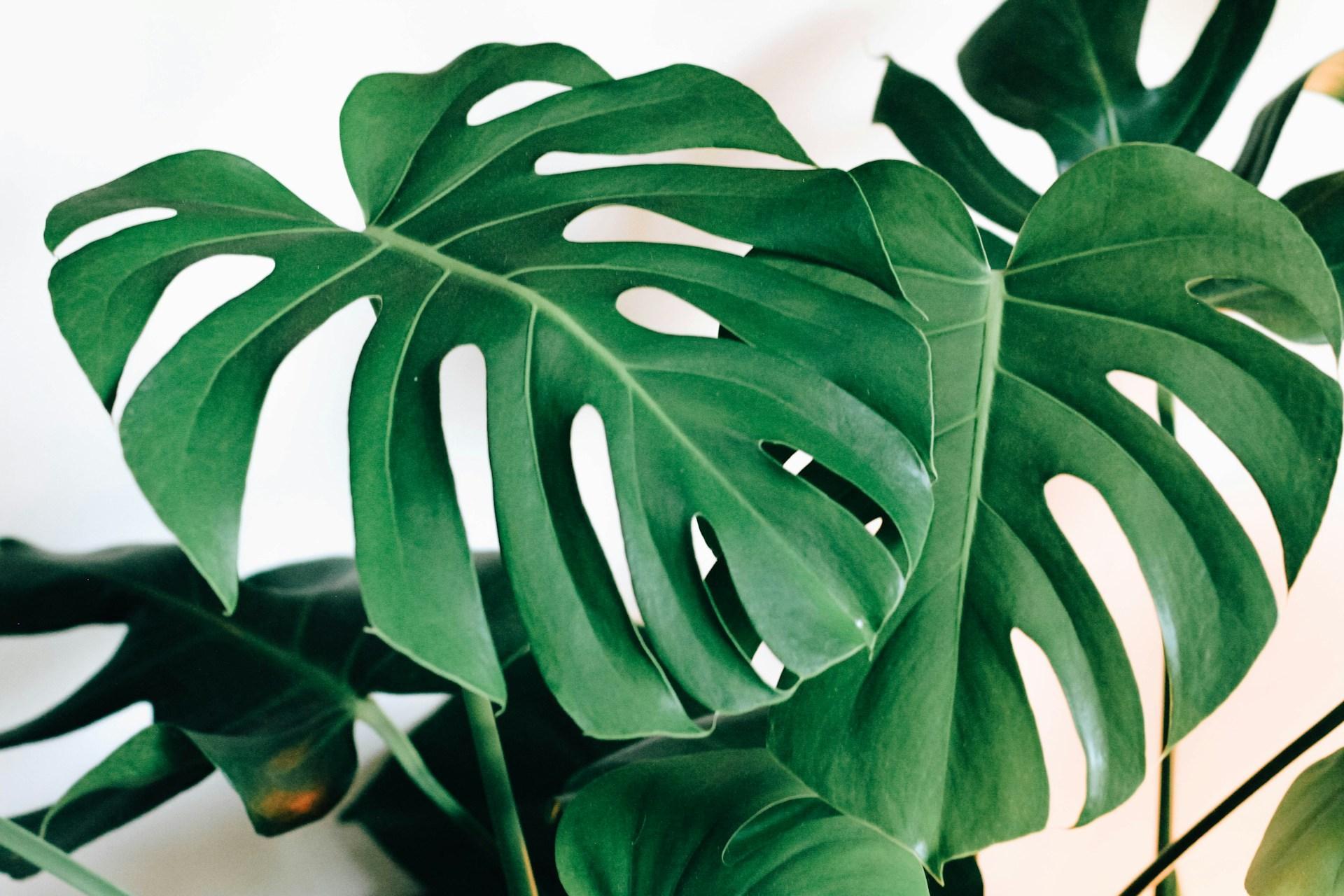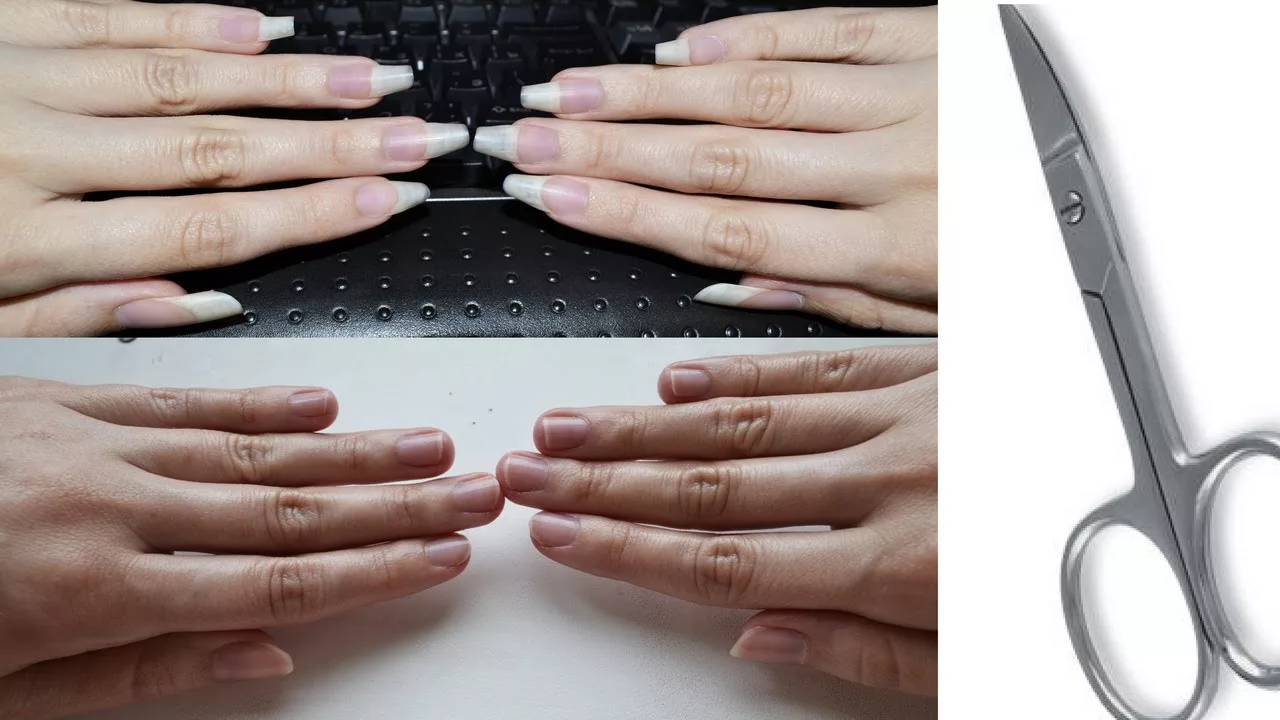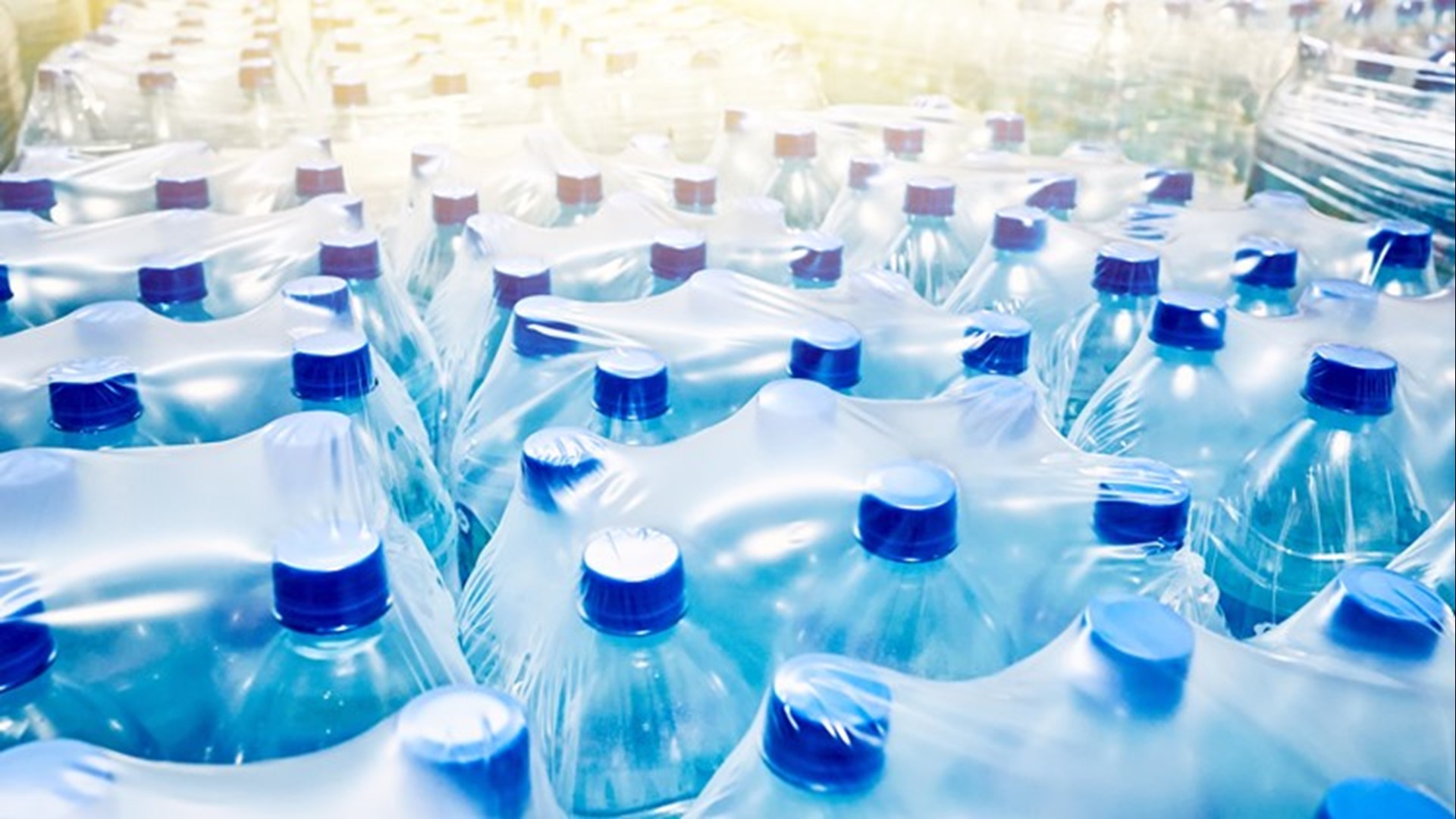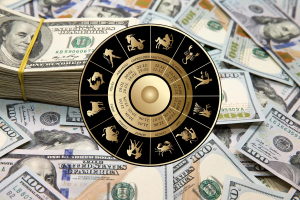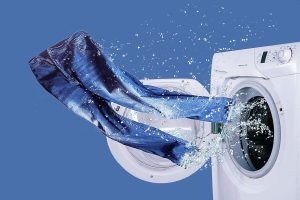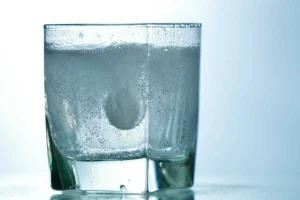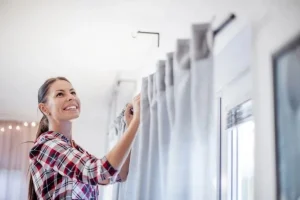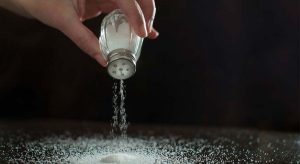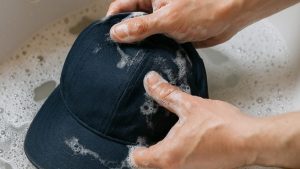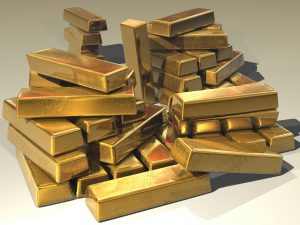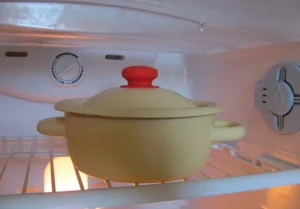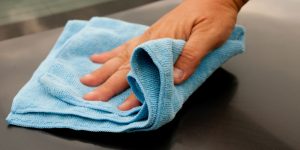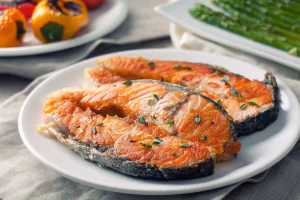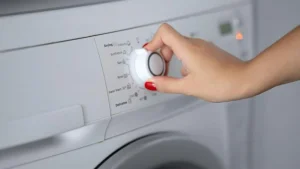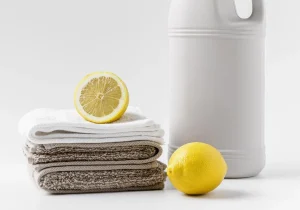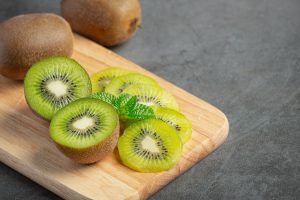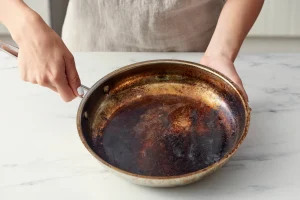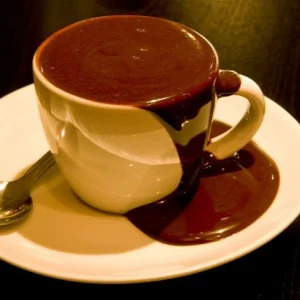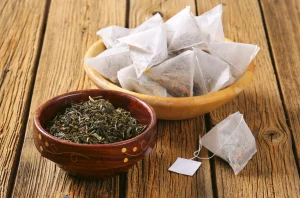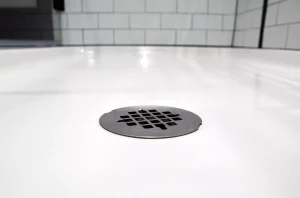For many people, it seems unthinkable to completely forgo shampoo when washing their hair. However, adherents of the “no poo” trend assure of its positive effects on hair. But how true is this method?
Our hair has to endure a lot these days: it is dyed, tinted, regularly straightened or curled, and treated with various products promising shine and softness. However, for many people this chemical exposure is too much, and following the new trend, they are now switching to the “water only” method. Advocates of the “no shampoo” trend are doing away with shampoos, conditioners and hair care products altogether. But is this method really a sensible alternative to classic shampoo?

The trend of going shampoo-free: what’s behind it?
The “no shampoo” trend has its origins in modern grooming products: conventional shampoos contain many artificial ingredients that can irritate the scalp and even cause long-term damage. Consciously avoiding the use of conventional care products will allow your hair to regain its natural state. This can have surprising effects, explains naturopathic hairdresser Anja Geisler, who runs the Lockvogel salon, “Hair quality and scalp health improve, fine hair gains more volume and thick hair becomes softer.”
But beware: “No-Poo” doesn’t mean giving up hair care altogether.
Alternative care instead of shampoo
Simply avoiding shampoo isn’t enough, however. When washing the hair with No-Poo, the hair and scalp must be thoroughly cleaned and groomed. There are various alternatives such as:
- Flour hair wash
- Clay hair wash
- Hair washing with baking soda
- Special hair soaps
Which of these shampoo replacement options is right for you depends on your individual needs. As an alternative to regular hair conditioner, you can use apple cider vinegar to make your hair soft and smooth. This is done by pouring diluted apple cider vinegar on the hair. Note: vinegar has an intense odor both during and after washing, so be sure to dilute it sufficiently.
This works even without shampoo.
None of the options worked or is your scalp sensitive to shampoo substitutes? After that, you can wash your hair without shampoo at all. Here are the simple “No-Poo ” instructions:
- First, rinse your hair thoroughly with clean water to remove dirt and excess grease.
- Then rinse your hair with cold water to close the protective hair cuticle.
- Once dry, thoroughly brush your hair from root to tip with a soft brush, preferably with natural bristles. This distributes the scalp’s natural oils throughout the hair and prevents dryness.
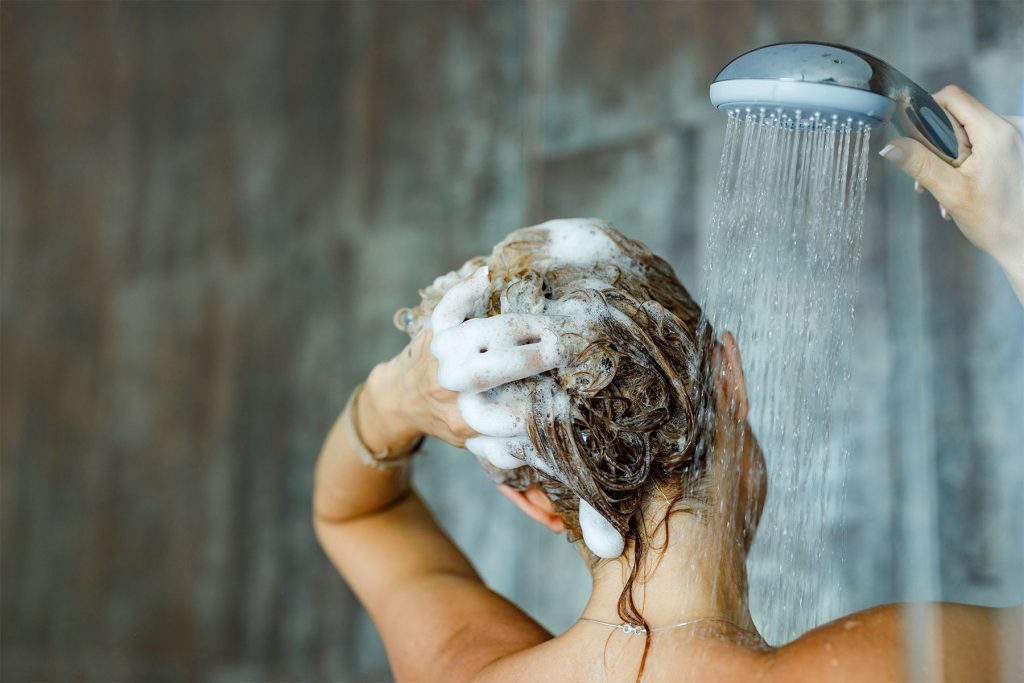
No shampoo day in and day out?
What seems pretty simple in theory is not so easy in practice. The first few weeks are particularly difficult. In addition to giving up your usual care, your hair needs time to adapt. The scalp initially often produces more sebum, which makes your hair look greasy and may cause dandruff to appear more frequently. This adaptation phase can last anywhere from a few weeks to a few months, depending on the individual.
Note: if you are prone to seborrheic dermatitis, you should use a therapeutic shampoo with an antifungal combination of active ingredients. You should consider whether the “no shampoo” option is really right for you before deciding to go for this option.
